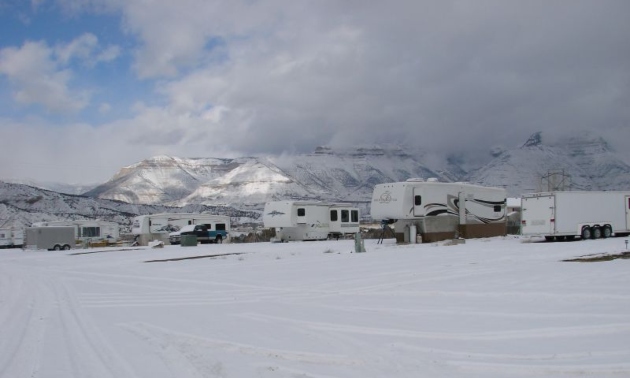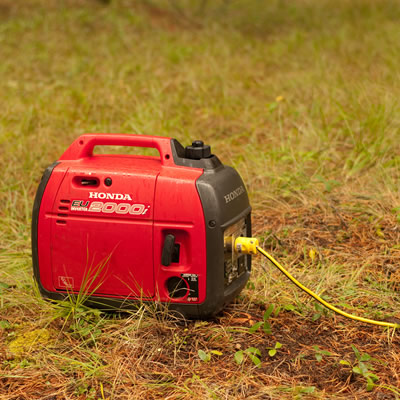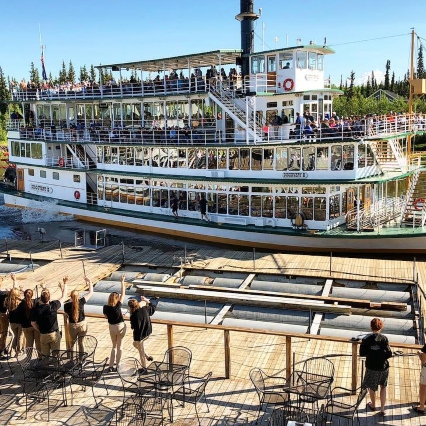10 Steps for winterizing your RV
Chill-proof your RV with these handy winterization tips

When the leaves change colour and the air grows crisp, RV enthusiasts start getting their units ready for winter. Whether you're trying out winter camping or keeping your RV in storage, it's essential to prepare for the challenges that cold weather brings. From protecting your plumbing to ensuring cozy nights on the road, this concise guide will walk you through the essential steps to winterize your RV and keep the cold at bay.
1. Inspect the exterior:
- Check for any cracks or gaps in the RV's seals and seams.
- Ensure the roof is in good condition and free of leaks.
- Clean and inspect the awning, and consider removing it for the winter.
2. Protect the plumbing:
- Drain the water tanks and water lines to prevent freezing.
- Add antifreeze to the plumbing system to safeguard against freezing.
- Disconnect and store your freshwater hose.
3. Prepare the heating system:
- Test your RV's heating system to ensure it's working properly.
- Consider adding extra insulation or using thermal curtains to keep heat in.
4. Seal windows and doors:
- Apply weatherstripping to doors and windows to prevent drafts.
- Use thermal curtains or reflective window covers to insulate.
5. Winterize appliances:
- Service your refrigerator and ensure it operates on propane or electric.
- Empty and clean your RV's black and gray water tanks.
- Use RV-specific toilet antifreeze to protect the toilet and plumbing.
6. Tire maintenance:
- Check tire pressure regularly and keep them properly inflated.
- Consider installing tire covers to protect against cold weather damage.
- If you'll be actively using the RV rather than storing it, think about switching to winter tires.
7. Propane safety:
- Inspect the propane system for leaks or damage.
- Use a propane gauge to monitor fuel levels.
- Keep a supply of propane for heating and cooking if you plan to use the RV in winter.
8. Battery care:
- Charge and maintain your RV's batteries throughout the winter.
- Consider removing and storing them in a climate-controlled area.
9. Interior comfort:
- Stock up on warm bedding, blankets, and cozy accessories.
- Use space heaters judiciously, following safety guidelines.
- Keep a supply of hot beverages to warm up on cold days.
10. Regular check-ups:
- Visit a professional RV service centre for a pre-winter inspection.
- Check the weather regularly and be prepared for sudden temperature drops.
By following these steps, you can ensure you won't be worrying about cold-weather challenges. Planning to take a winter camping trip? Reg DeYoung has the low-down. For more winterizing tips, check out Tim Fowler's article on winter RV prep.








